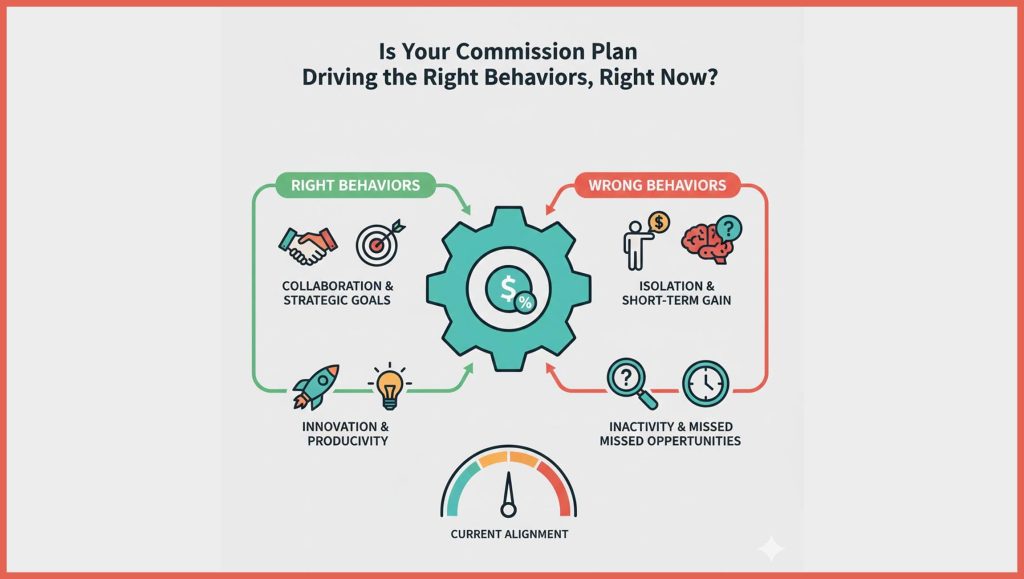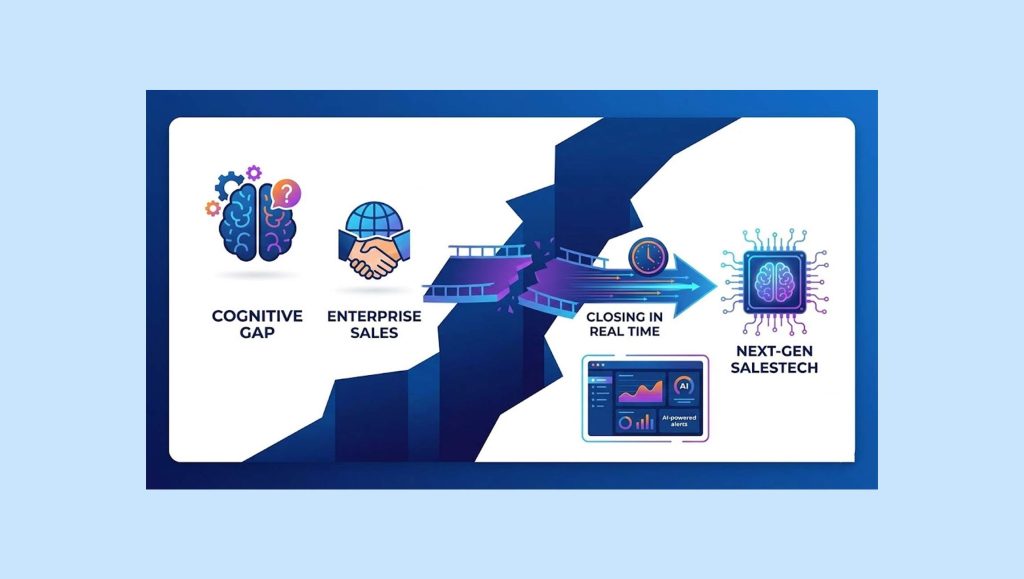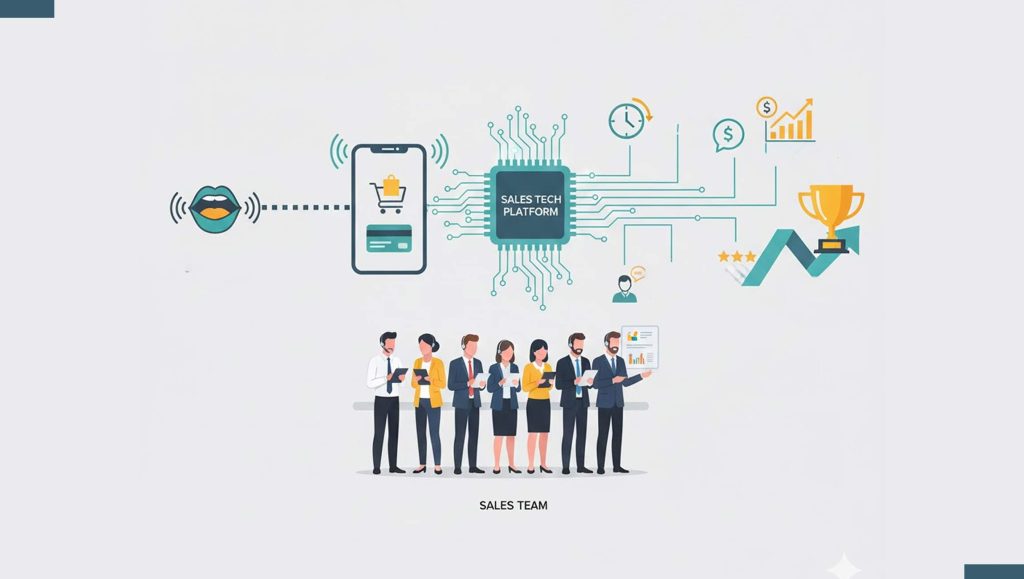Tony D’Onofrio, CEO of Global Retail Business at Prosegur chats about the changing digital transformation trends in retail and in-store businesses: _________ As an immigrant child from Italy, I was inspired by the possibilities in this country to create your unique journey to success. Surprisingly, my first real job was in a direct-to-consumer (DTC) environment working for a retailer. I transitioned next to a successful B2B career selling computer technology, first targeted at store operations followed by electronic security. Rapid promotions followed in industry and product marketing, product management, global customer management programs, and recurring revenue models. Roughly 10 years ago, a promotion that I did not get led to a major reset of personal goals. Observing the growth of emerging social media channels, I decided that it was time to leverage technology to build a personal brand focused on B2B opportunities. LinkedIn became my primary channel, especially after they contacted me and applauded my dedicated focus to brand building and offered to help. Starting in 2018, I transitioned to engaging with Silicon Valley on new technologies and became either an advisor or board member of multiple companies in computer vision and the Internet-of-Things. This year I will celebrate the tenth year of my social media journey that started as simple blogs and transitioned to a personal website, tonydonofrio.com. I am now recognized by multiple organizations as a top 100 global retailer influencer. My focus areas are retail, technology, and leadership, all with a B2B spin. The success of the personal brand led to a return to the corporate world as CEO of Prosegur’s global retail business where during my first year, we achieved double-digit growth of our B2B focused business. My life’s motto has always been “It’s not where you start, it’s where you finish that makes all the difference.” Read More: SalesTechStar Interview with Rich Hoyland, Head of Sales at Anyscale The advent of the Internet has dramatically transformed the role of advertising to consumers. For some time, I have been a student of Silicon Valley platforms such as Google, LinkedIn, Facebook, Twitter, etc. that derive substantial revenue from advertising. In 2022, social media will account for 33 percent of all digital advertising spending. More intriguing has been the growth of advertising by online retailers such as Amazon. In 2021, Amazon became the third-largest digital advertising agency behind Google and Facebook, reaching an astounding $31 billion in ad revenue. Partially because of the fast growth of Instagram stories, reels, and TikTok, creative short videos are now becoming the fastest growing ad presentation platforms. In 2022, social media video ad spending will increase by over 20 percent and reach $24.35 billion. Innovative retailers are embracing social media as an important advertising channel and are increasingly shifting to short snappy videos to showcase their brand story. A focus on my corporate journey at Prosegur has been to deliver next generation solutions that leverage the latest technologies and transform traditional security products into new recurring revenue generation engines. Our first release was the EVO system which integrates large monitors into traditional Electronic Article Surveillance (EAS) platforms that are installed at entrances and exits of retail stores. EAS was designed in the 1970s as a technology to deter shrink by detecting items that carry a security tag that was not removed or deactivated at point-of-sale. With EVO, we are integrating a cloud-based advertising platform that can deliver video ads at the very critical entrance/exit of every retail store. The ads are approved by the retailers and can be customized to regional preferences. The advertising revenue can become a new revenue stream for the retailer and can be used to offset the cost of the deployment of the technology. EVO also has Artificial Intelligence (AI) enhanced features that can provide conversion rates to sales, track demographic features such as gender, age, customer sentiment, and generate direct security video linked to EAS alarms. The data generated from the system can be used to further customize the advertising and increase sales.
Just as social media became ubiquitous in the usage of advertising, we believe that a physical store should evolve as a digital platform where fixtures can both provide direct revenue from the advertisers and also increase sales by the messaging delivered to the consumers entering the store.
The successful future of retail will require consumers who are passionate about the brands they shop and also the creation of immersive experiences through social media and other channels to expand the value of the brand. According to McKinsey, the pandemic accelerated digital adoption by five to 10 years. Many of us now carry digital devices from which we can instantly shift to a competitor in buying a product, even while standing in front of it in a physical store. Increased investment in digital technologies to engage consumers throughout the shopping journey is more critical than ever. Companies, including retailers, are responding as 51 percent are now leveraging digital technologies (McKinsey) as strategic differentiators to competitors. Retailers need to provide more platforms inside stores such as EVO where brands can directly engage with consumers and increase revenue for both the retailer and the brand. Read More: SalesTechStar Interview with Debra Cancro, SVP of Data Products at Bigtincan There are multiple retailers around the world who excel at providing exceptional digital experiences and connecting them to advertising. A favorite example is Nike’s House of Innovation which is their new flagship concept that opened in recent years. The first was opened in Shanghai, followed by New York, and now Paris. Visit the store on 5th Avenue in New York and you will experience a multi-floor set of digital to physical experiences. The smartphone and the Nike app are the critical tools required to immerse yourself in a customized immersive shopping experience. The basement has products customized to New York, i.e. the highest selling items in the city that you can shop easily by the numbers. This floor also has smart lockers that you can open with your smartphone. On the first floor, you can meet the shoe doctors in their white coats that can customize the shoe of the month so that only you will have that unique shoe in the world. This includes colors, shoelaces, the swoosh, etc. On the other floors, you can scan QR codes on mannequins, browse every single item on your phone, check to see if your size is available, request that a product be sent to you in a fitting room with your name, or meet a Nike athlete (associate) at a designated location to pick up the goods. With your smartphone, you can just scan and go with your physical product if that is your preference. Checkout stations are also positioned throughout the store for shoppers to bag their products. Innovative advertising and continuous investment in products and digital technology are all consolidated into this physical store experience which, on multiple levels, is the future of retail. Prior to the pandemic, we kept hearing in the United States about the continuing “retail apocalypse,” i.e. physical stores are all going out of business, and we will all only shop online in the future. Turns out most of that news was mainly hype. Yes, some right sizing was taking place, because the United States has one of the highest shopping space-per-capita in the world. All the news, however, about the “retail apocalypse” was mainly hype. An IHL Group study of larger chains published in 2021 found that in the last five years, major chains closed 49,123 stores, but only opened 51,513, for a net gain of 2,390 physical locations. Retailers that were investing heavily pre-pandemic in digital transformation technologies came out stronger. Profitable retailers are focused on closely engaging with consumers with strong branding strategies, heavily influenced by advertising, plus extensive focus on improving their loyalty programs. Successful retailers are pivoting faster to new technologies, investing heavily in mobile devices for managers and associates, adopting self-checkout solutions faster, and investing heavily in optimizing last-mile delivery services. Retail stores are becoming micro-fulfillment centers for e-commerce with a continued focus on reducing logistics costs. Recent reports of flash robs (mobs coming into stores to steal) and chains closing stores because of high shoplifting rates are elevating the importance of security for the retail industry. Ensuring safety for customers and employees needs to remain one of the highest priorities. In 2020, the USA retail industry had 523 fatalities (D&D Daily) which were up 40 percent over the previous five years. Forty-nine percent of the fatalities were customers, and 29 percent were store associates. Retailers need to invest in the continuous improvement of their security operations. This includes a multi-technology layered approach to detect and more importantly deter crime. Security technologies are evolving. In 2021, the world crossed over 1 billion cameras installed. What started out as security technology, the video camera today is a major data gathering device that, through AI and computer vision, can improve security and store operations. Greater partnership within retail departments is a new formula for the most successful deployments. EVO is an example of this which is an advertising platform with integrated security features. Retailers are also requiring greater integration of solutions and less silo deployment of new technologies. This starts by finding the right partner that can help develop a mutually agreed future proof platform of solutions. Video advertising is the current and near term most successful platform for driving sales and improving customer satisfaction. In 2021, users watched 167 million TikTok videos and streamed 694,000 hours on YouTube per minute. The pandemic accelerated this trend with one report (Hub Spot) indicating that it has doubled since 2018. Eighty-six percent of businesses now use video as a marketing tool, up from 61 percent in 2016. Eighty seven percent reported that video gave them a positive ROI, which is up dramatically from the lowly 33 percent who felt that way in 2015. Just as online retailers have discovered advertising as a major revenue generating platform, physical retail needs to strategize how to “sweat the assets” inside the stores and leverage them as solutions to engage consumers to spend more. Read More: SalesTechStar Interview with Jon Pruitt, VP of Partnerships at Daasity Every year I travel to New York to review the NRF Big Show in January and the trends that it projects for the new retail year. The 2022 edition was interesting as we were in the middle of the Omicron pandemic variant wave. Many of the larger companies pulled out at the last minute, but attending it live was very insightful. Out of 11 innovation trends that I spotted, I wrote about five: AI now ubiquitous in all technologies; major advancements in computer vision; the robots invasion; retailers at the center of startup innovation; and stores becoming a smart digital canvas for AI-based advertising. Digital acceleration is here to stay. As an article in the Harvard Business Review said, “The origin of the phrase ‘innovate or die’ is a matter of some dispute. Peter Drucker famously declared it, though others may have shared in its coinage. But whatever its genesis, the sentiment is now widespread: Stay ahead of the pace of change or you’re toast.” A model that I have found successful in returning to corporate life came from my immersive experiences in Silicon Valley. Don’t be afraid to fail. In fact, as you start, fail often, but fail very fast. Keep iterating ideas and products with input directly from customers to reach double-digit growth with that final co-invented successful and profitable solution. Prosegur is a world leader in the private security industry. Tony D’Onofrio is the global CEO of Prosegur’s Global Retail Business, where he regularly engages with the world’s largest retailers to provide innovative and holistic security solutions. Tony is consistently listed as a Top Global Retail Influencer and publishes on multiple global platforms. His career has extended decades and includes executive roles in both security and information technologies companies. Please share with us more about your journey and expertise in the B2B technology market…
Retail advertising has come a long way over the years. What are some of the key trends you’ve been observing that brands follow today?
We’d love to hear about Prosegur Security’s EVO. How does this platform benefit retail advertisers?
In what ways can brands today focus on improving their in-store ad and purchase experiences to drive overall revenue goals?
Can you share a few highlights of brands that have already mastered this well with a few examples of in-store experiences and ads that have caught your attention?
How has the retail landscape changed within the last few years and what are businesses doing to pivot their business strategies?
What are the top areas of retail security that businesses should focus on for 2022?
In today’s current retail landscape, what are the top performing types of advertising that businesses should focus on for driving sales and improving customer satisfaction?
Are there any last thoughts, takeaways, digital sales/customer communication tips and best practices you’d like to share?

Missed The Latest Episode of The SalesStar Podcast? Have a quick listen here!
Episode 119: Sales Trends that Generate Better ROI: with Scott Smyth, VP Global Sales at HG Insights
Episode 118: The Power of Chatbots in B2B Tech with Chris Maeda, co-founder and CTO at Botco.ai
Episode 117: Marketing Best Practices to Follow Through 2022 with Katie Foote, CMO at Drift





















